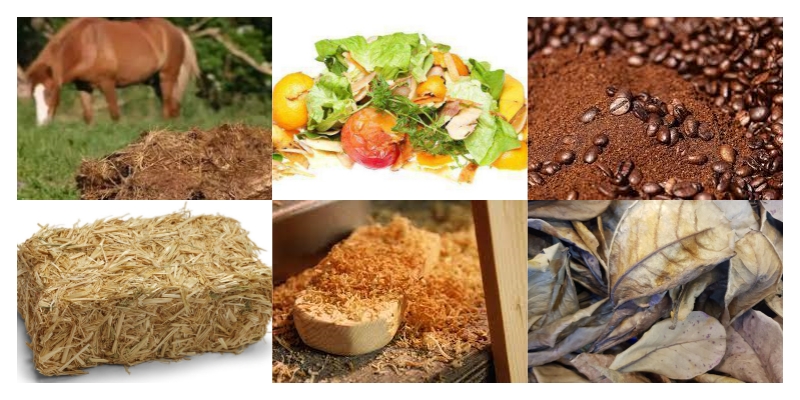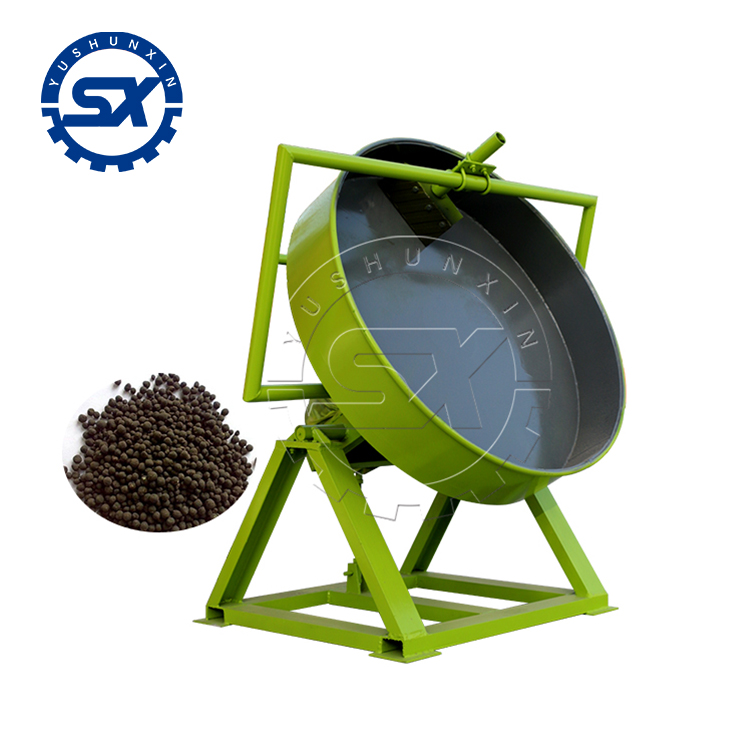The production of high-quality carbon-based fertilizers is crucial in modern agriculture, promoting sustainable practices and enhancing soil fertility. In the manufacturing process of these fertilizers, the method of granulating the materials significantly influences the final product's quality. Disc granulation, also known as pan granulation or pelletization, emerges as a vital procedure in crafting superior carbon fertilizer granules. Understanding the role of disc granulating and its impact on the production process is essential for those involved in fertilizer manufacturing.
Which Raw Materials Are Ideal for Carbon-Based Fertilizer Production?
Raw materials form the foundation of carbon-based fertilizer production. Selecting suitable materials ensures the efficiency of the granulation process and the quality of the final pellets. Organic wastes rich in carbon content, such as crop residues, animal manure, biochar, and humic substances, are ideal choices. Additionally, materials like peat, lignite, and forestry industry waste provide abundant carbon sources. These raw materials not only contribute to the nutrient content of the fertilizers but also aid in the formation of granules during the pellet-making process. Utilizing these resources promotes recycling and reduces environmental pollution.

How Does Disc Granulation Enhance the Production of Carbon Fertilizer Granules?
Disc granulation, executed through the use of a disc granulator or pan pelletizer, plays a pivotal role in shaping high-quality carbon fertilizer particles. This granulating equipment, featuring a rotating pan, facilitates the aggregation of powdered raw materials into uniform granules. By adjusting parameters such as disc angle, rotational speed, and moisture content, manufacturers can control the size and density of the pellets produced. This pellet-making process improves the physical properties of the fertilizers, ensuring ease of handling, storage, and application. Furthermore, disc granulating enhances the efficiency of nutrient release in the soil, promoting better crop uptake and agricultural productivity.

What Equipment Is Essential for Making High-Quality Carbon Fertilizer Pellets?
Producing premium carbon fertilizer pellets requires a combination of specialized machinery. In addition to the disc granulator, equipment such as carbonization furnace transforms raw organic materials into charred carbon sources. Crushing machines reduce larger materials into fine powders suitable for pelletizing. Compost turners aid in the fermentation and maturation of organic wastes, enhancing their suitability for granule production. Drying equipment removes excess moisture from the granules, ensuring their stability and longevity. Finally, packing machinery facilitates the efficient packaging of the finished particles for distribution. Investing in reliable fertilizer production machinery streamlines the manufacturing process and contributes to consistent product quality.
Why Choose Professional Equipment Manufacturers for Carbon Fertilizer Production?
Disc granulation serves as a cornerstone in the creation of high-quality carbon-based fertilizer granules. By utilizing appropriate raw materials and incorporating essential equipment, manufacturers can produce fertilizers that meet industry standards and support sustainable agriculture. Companies seeking to enhance their fertilizer manufacturing capabilities may consider partnering with professional equipment suppliers. A reputable fertilizer equipment manufacturer, such as Yushunxin, offers expertise and machinery that cater to the specific needs of carbon fertilizer production. Collaborating with experienced manufacturers ensures access to advanced technology, efficient processes, and ongoing technical support, facilitating success in the competitive fertilizer industry. You can visit: https://www.charbasedfertilizermachine.com/product/disc-granulator-machine/